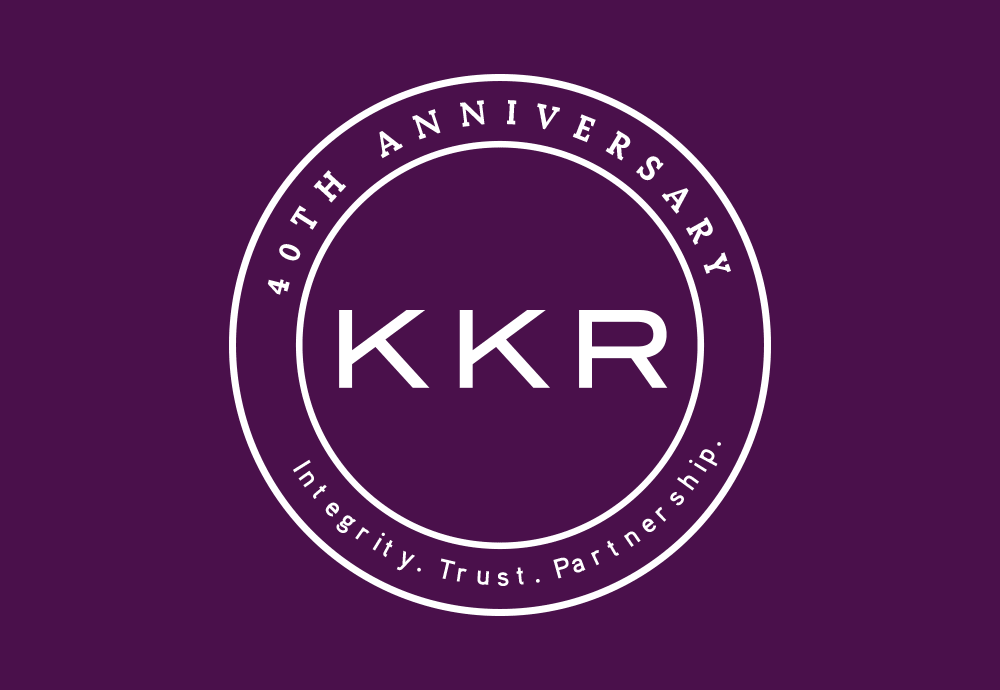News of upcoming meetings between Virgin Australia’s management and potential investors signals a promising turnaround for one of Australia’s key aviation players. Once a formidable competitor to industry giant Qantas, Virgin Australia weathered severe challenges following its 2020 bankruptcy—a fallout from the pandemic-induced travel restrictions that rocked global aviation. Now, the company is preparing for a possible share re-listing under Bain Capital, marking a pivotal moment in its history.
In an environment defined by rapidly changing financial markets and a recovering aviation sector, this development stands as both an economic and strategic indicator. The leadership team intends to highlight improvements in operational profitability and outline its path to recovery. The information was provided by an anonymous source familiar with the situation, ensuring that only verified insights are shared. Meanwhile, Bain Capital has declined to comment on the matter, underscoring the focus on internal transformation rather than external opinion.
Driving Success through Focused Strategies
The management at Virgin Australia is channeling its efforts into several strategic areas designed to secure a successful turnaround. The following numbered list outlines the core components of this transformation approach:
1. Strengthening financial resilience through the restructuring of debt obligations
2. Implementing innovative technological solutions to optimize operational workflows
3. Revising the business model to better align with evolving market demands
4. Enhancing transparency in financial reporting and fortifying corporate governance
5. Cultivating strategic partnerships and exploring new financing avenues
Each of these elements contributes to a comprehensive strategy aimed at not only addressing immediate financial challenges but also laying the foundation for sustained growth. Embracing modernization while reaffirming its commitment to sound business principles, Virgin Australia is charting a course that reflects a blend of pragmatic recovery steps and forward-thinking investments.
Opportunities Unveiled by New Developments
The initiative to engage with prospective investors prior to the share re-listing unveils a range of opportunities for Virgin Australia. Among the key advantages are:
• An increase in the company’s investment appeal as operational profitability rises
• The potential for an improved credit rating resulting from efficient debt management
• Expanded market capabilities through internal process optimization
• The adoption of digital solutions that enhance decision-making transparency and responsiveness
Such progress not only signals a departure from crisis-mode operations but also sets a new industry standard for operational excellence and strategic agility in Australia’s aviation market. The reorganization effort is indicative of a broader trend within the financial markets, where adaptive strategies are essential for navigating post-pandemic economic recovery.
Embarking on a New Corporate Journey
Virgin Australia’s anticipated share re-listing underscores the company’s commitment to evolving in line with modern market dynamics. By opening channels for investor dialogue, management is paving the way for a systematic enhancement of the corporate framework. This transformation agenda is marked by cautious yet deliberate steps toward restoring financial robustness and operational efficiency—a message that resonates deeply across the financial landscapes.
The current initiatives are a testament to the company’s resolve to overcome the lingering effects of the crisis and to establish a forward-looking financial model. By balancing immediate operational goals with long-term strategic objectives, Virgin Australia is positioning itself to once again become a leader in the aviation industry. This evolution reflects a sound understanding of market realities and a clear vision for sustainable progress.









It's great to see that Virgin Australia is on the road to recovery and is ready to step up in the competition again.
It's exciting to see Virgin Australia gearing up for a rebound—change is definitely in the air!
The shift could be a game-changer for the automation landscape in tech's fast-paced evolution.